The pivotal moment is when Esther decides to come unbidden before the king.
She asks the eunuch Hegai for a chariot, but he refuses her and warns her not to go. Undeterred, Esther runs to the palace through the driving rain. When she arrives, soaked, her gown clinging to her suggestively, King Xerxes has just appointed Haman his regent in a meeting with all of his trusted advisers, including Mordecai the scribe. Esther flings open the great oak doors, but as she approaches, one of the king’s servants draws a sword to slay her. As she climbs the steps to the throne in slow motion, the sword reaches her neck. Mordecai looks toward heaven. But at the last moment, Xerxes pushes the sword away. He thrusts his royal scepter toward Esther as if he is exorcising a demon. Esther reaches the dais and faints in the king’s arms.
This dramatic episode sounds like it comes from the biblical Book of Esther, but the details differ wildly from it. That’s because I’ve actually just described a scene from the 2006 movie One Night with the King, a movie with pretensions–or maybe delusions–of being an epic on a par with The Lord of the Rings (it actually shares two actors with Peter Jackson’s Rings films). Directed by Michael Sajbel and produced by the Christian company Gener8Xion Entertainment, the film is based on a novel by the Christian evangelical writer Tommy Tenney and you’ve probably never heard of it. But One Night with the King is just one of at least a dozen relatively obscure American film adaptations of Esther, all of which depart from the storyline of the biblical book, and none of which can hold a candle to the original.
Take Esther and the King (1960), directed by Raoul Walsh and starring Joan Collins as Esther, “a B-list sword-and-sandals epic,” according to one critic, with a huge cast, poor acting and banal dialogue. Or The Book of Esther (2013), directed by David A. R. White and produced by PureFlix Entertainment (the name says it all), which, in addition to featuring brief images of Jesus on the cross and the disembodied voice of God speaking aloud to Esther, focuses on an invented rivalry between Haman, who wants his daughter to become queen, and Mordecai, who supports Esther’s candidacy. For a children’s movie, look no further than the Veggie Tales episode Esther: The Girl Who Becomes Queen (2000), which, featuring a sundry cast of animated vegetables, sanitizes the story by explaining that Haman wants to banish Mordecai’s family to the “Island of Perpetual Tickling.” (Although there’s no mention of Jews, at least this version has a coherent story arc and a wholesome message about standing up for oneself and doing the right thing.) One bright spot in this sorry lot might be Raffaele Mertes’ Esther (1999). A European coproduction that originally aired on TNT as part of The Bible Collection, it remains a relatively faithful and compelling adaptation.
Leaving aside Mertes’ film, one might not know whether to sigh, laugh or cry over Hollywood’s mistreatments of the beloved biblical story read every Purim in synagogues around the globe. But the movies are worthy of further attention because they function as a modern midrash, shedding light on the ways Esther’s tale has taken root in American culture. To illustrate, let’s consider the way a few of these silver screen adaptations portray the relationship between Esther and the king.
In the Bible, King Ahasuerus (often identified with the Persian king Xerxes) is frequently inebriated and easily manipulated, but he’s also a rather sinister character who is quick to do away with his queen Vashti, quick to sign away the fate of the Jews, and quick to have Haman hang.
Yet the movies never depict the king as wicked. In Veggie Tales, where he signs a tic-tac-toe board instead of a royal decree, he’s a fool. But many of the films portray him as a wise and heroic ruler. In Walsh’s 1960 Esther and the King, Ahasuerus is a young, accomplished warrior often off fighting the Greeks. Even though he prefers not to take another queen after banishing Vashti (who, incidentally, was a schemer and adulterer in this version), he gathers the maidens anyway to abide by the laws of Persia.
In White’s 2013 Book of Esther, Xerxes has a strong sense of justice. Although hyper-concerned with obedience, both from his wives and from his subjects, he chooses Esther as his queen because he sees how kindly she treats her rival, Haman’s daughter Zara. And at the end of the film, he hears out Haman’s accusations of treason against Mordecai in a courtroom, because he believes Mordecai should not be condemned without trial. Even the heartthrob Xerxes in One Night with a King is physically fit, virtuous, respectful and fair.
In Walsh’s 1960 epic, it’s not too hard to imagine that the king is portrayed as a hero to contrast him with the traitorous Haman and encourage patriotic sentiment in a time when many believed that the free world was pitted against a communist menace. Indeed, Haman in this film is an unredeemed villain who seeks to ally himself with Alexander and the Greeks, plunders the royal treasury, sleeps with Vashti, and tries to sleep with Esther too.
Yet there’s another reason the films need a goodly king: a wicked one cannot be a protagonist in a love story. And many of these movies are romances. In Walsh’s film, when Ahasuerus promises Esther up to half the kingdom, she replies, “But I only want the kingdom of your heart.” The movie concludes with Ahasuerus returning from battle and Esther rushing into his arms. Well, whatever.
In Sajbel’s One Night with the King, Xerxes, played by Luke Goss—the drummer in a 1980s English boy band—spends much of the film shirtless. Esther, a “Jewish Disney princess”—in more than one critic’s words—is literate, conversant in multiple languages, and carries herself with a grace and innocence that impresses nearly everyone around her. She charms the king not just with her beauty, but with her daring: on a night when King Xerxes can’t sleep, Hegai sends Esther from the harem to read to the king from the book of records. But quickly tiring of the record tome, Esther instead tells Xerxes the biblical story of Jacob’s love for Rachel. Enchanted, Xerxes soon chooses her to be the new queen.
But there is a cost to all this. Turning the book of Esther into a love story diminishes Esther’s agency. In the biblical account, Esther saves the day. Although Mordecai tells her to appear before the king and plead for her people, she alone figures out how to do this, planning two parties for Ahasuerus and Haman and waiting for exactly the right moment to reveal her lineage to the king.
The movies don’t fully reflect Esther’s daring and ingenuity. When Esther reveals her Jewishness, it’s usually the climax of the story, but not so in Walsh’s 1960 film, where Esther’s declaration does not sway Ahasuerus all that much. When she stands up to the king and speaks of her faith, he replies, “I do not believe your love,” and only temporarily stays the execution of Mordecai and the Jews. Recall that this Esther is merely seeking the kingdom of the heart anyway.
Although Esther in One Night with the King has greater agency, issues remain. The romance between her and Xerxes starts off swimmingly, but Xerxes begins to suspect Esther of adultery when he witnesses a clandestine meeting between her and Mordecai. Thus, when Esther reveals herself as a Jew at a candlelit party held in a tent, the king, who already mistrusts her, is not inclined to believe her. Desperate, Esther dangles her necklace in front of Xerxes’ eyes, which in the candlelight resembles a disco ball and reveals many whirling Stars of David (a glaring anachronism, as the six-pointed star didn’t become a Jewish symbol until the 1700s). Yet Haman yells that he sees nothing, and Xerxes exits confused. After a tense moment when Haman is at Esther’s throat, we breathe a sigh of relief when Xerxes returns and disposes of Haman. Esther asks Xerxes why he came back, and he replies, “I saw them. I saw the stars.” They kiss as the music soars. To be sure, Xerxes has realized that Esther was telling the truth about being a Jew. But there is a subtext here as well: Esther’s suspected infidelity is forgiven, and with the stars aligned, romance is rekindled. It is the way the pair look into each other’s eyes–just as much as Esther’s bravery–which ultimately makes the problems go away. Love conquers all.
There’s simply no suggestion in the biblical text that Esther and the king were star-crossed lovers. When the Bible says that Ahasuerus loved Esther (Esther 2:17), it is difficult to know, as biblical scholar Adele Berlin remarks, whether the term connotes “a deep emotional bond,” a “passing fancy,” or something in between. Perhaps Ahasuerus quickly tired of Esther; indeed, after making her queen, he gathers virgins a second time (2:19). When Mordecai asks her to go to the king, she demurs initially, saying she has not been called for thirty days (4:11). Even at the end, it’s hard to know whether Ahasuerus has Haman executed because of his great love for Esther or for some other reason: perhaps he feared scandal if word got out that he had had the queen’s people eliminated.
Regardless, there is no indication that Esther loved the king. Although men love women in the Bible, we rarely hear if the woman reciprocates. The Talmud (Sanhedrin 74b) states that Esther was “like the ground” (i.e., unmoving) in her sexual encounters with Ahasuerus. Suffice it to say, the Sages did not think she enjoyed herself much. The Septuagint, the Greek translation of the book, makes this explicit in one of its many additions to the text, putting in Esther’s mouth that she abhorred “the bed of the uncircumcised and of any alien.” Although interpreters had religious reasons for keeping things cool between Esther and the king, it’s hard to find any support for a romance in the text either. Forcibly taken from her home, placed in a harem, and ultimately selected by monarchical whim, Esther finds herself in the right place at the right time to save her people. But there’s little to suggest that she relishes the opportunity. The improbable and enduring love between Esther and the king in the movies says more about the expectations of American filmmakers and viewers than it does about the original story.
Yet perhaps we ought to cut the movies some slack. For all their flights of fancy and questionable storytelling choices, the Esther films are following a long tradition: interpreters have never been satisfied just to leave the story of Esther as it is.
The Septuagint translation of Esther adds over one hundred verses not found in the traditional Masoretic text. Further, there are more midrashic collections on Esther than on any other biblical book, and they all embellish the story significantly. For example, in one well-known inventive rabbinic reading, Queen Vashti grows a tail (Megilla 12b).
Maybe the Book of Esther has been so frequently recast because of its unusual features. Unlike other biblical stories, it lacks important religious elements like prayer, troublingly fails to mention God, and is told in a decidedly unbiblical comic voice that is full of hyperbole, repetition, caricatures and surprising reversals. It’s likely that both Esther’s irreligiosity and its irreverence led interpreters to propose readings that made it more consistent with the rest of the biblical canon. The Septuagint’s additions, for example, comprising largely of prayers and declarations of piety, fill this religious lacuna.
So can we fault filmmakers for making the story more consistent with their own canon, where a good American lover is a good American hero and the daring female protagonist falls victim to the conventions of a satisfying romance?
Perhaps not entirely. But regardless, please do yourself a favor and go read the original.
This article is adapted from an essay in Esther in America, ed. Stuart W. Halpern (Maggid Books, 2020)
Yosef Lindell is a lawyer and writer living in Silver Spring, MD. He is an editor at Lehrhaus, and his work has been published in the Atlantic, the Forward, JTA, and other venues. His website is yoseflindell.wordpress.com.
Top photo: Gandalf’s Gallery, Artemisia Gentileschi – Esther before Ahasuerus [c.1630]. Flickr

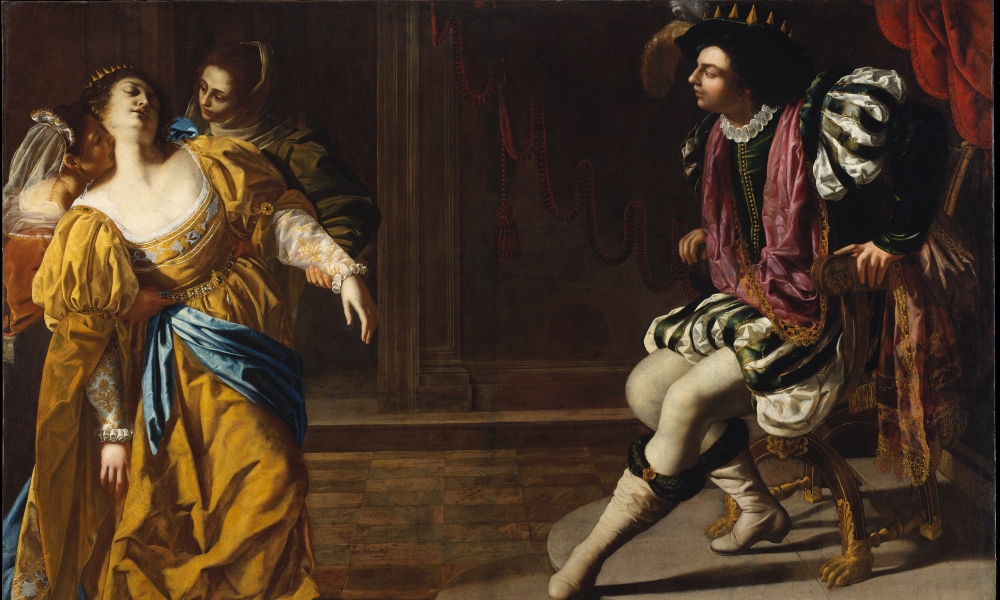
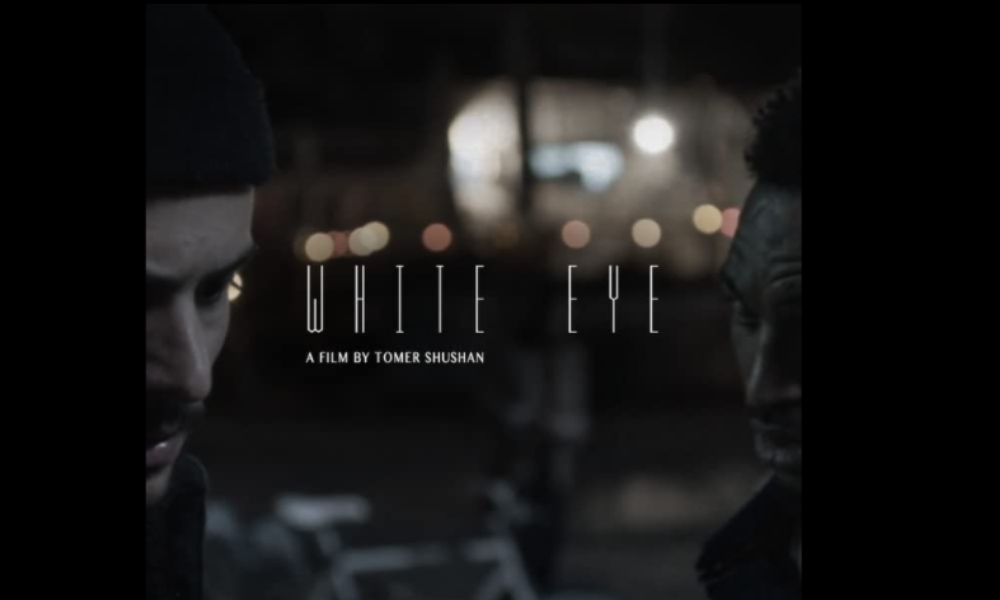





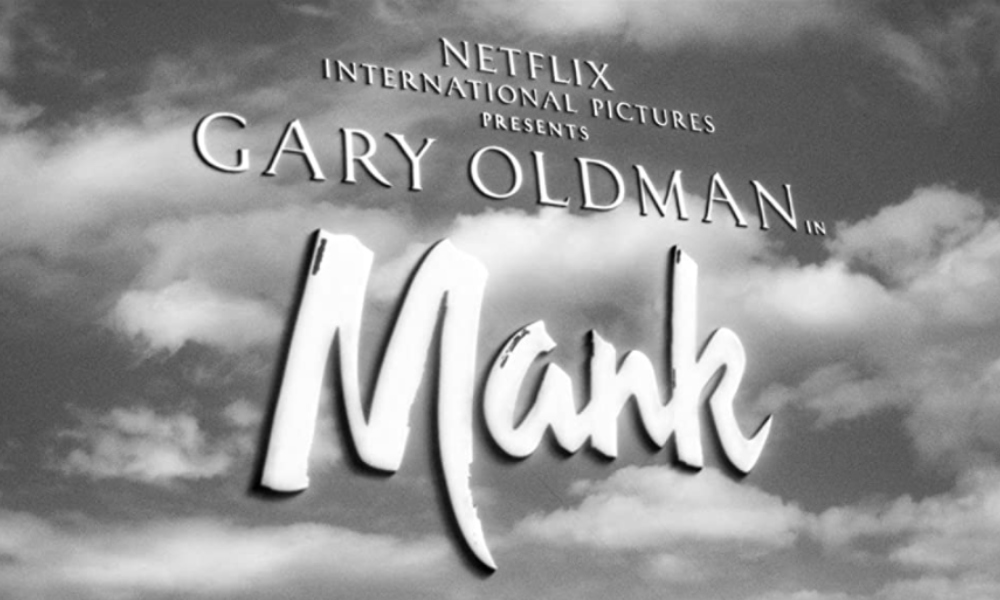
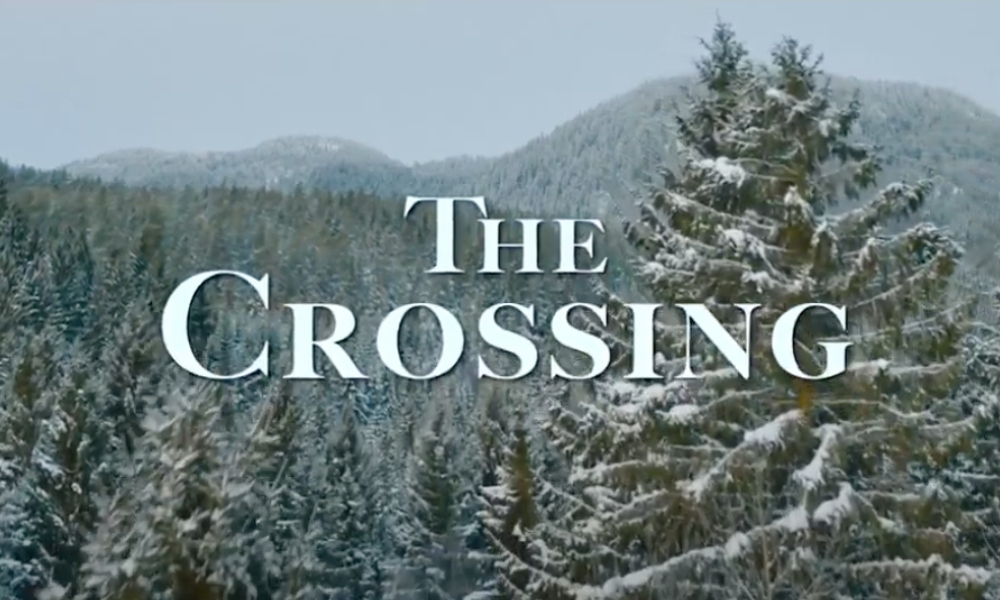



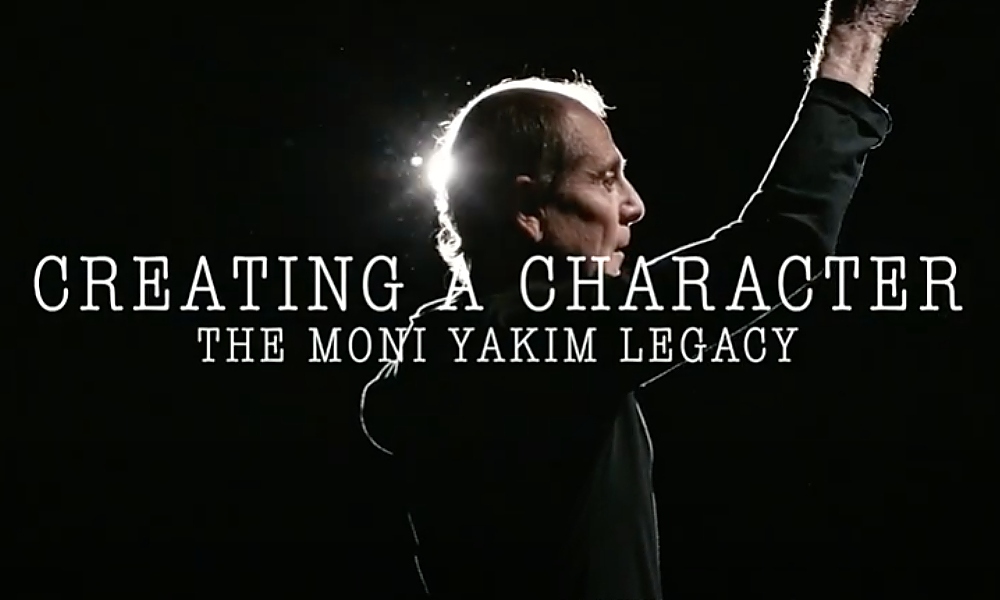
my take… untold death
for a finish, Haman and his family (Ali, wives children) HANGING…very jewish ???????